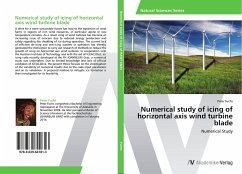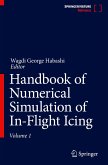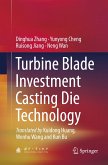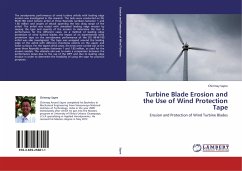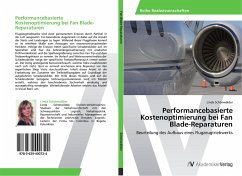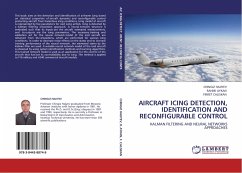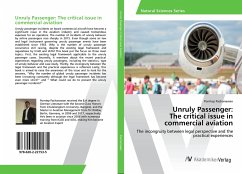A drive for a more sustainable future has lead to the expansion of wind farms in regions of rich wind resources, in particular alpine or low temperature climates. As a result icing of wind turbines has become an increasing issue of concern due to reduced energy production and safety regarding the shedding of ice during operation. The current lack of efficient de-icing and anti-icing systems in operation has thereby generated the motivation to carry out research of methods to reduce the growth of icing on horizontal axis wind turbines. In cooperation with the Austrian Institute of Technology and with the aid of ICEAC2Dv2, an icing code recently developed at the FH JOANNEUM Graz, a numerical study was undertaken. Due to limited knowledge and lack of official validation of ICEAC2Dv2, the present thesis focuses on the investigation of the variability of numerical results due to the code input parameters and on its validation. A proposed method to mitigate ice formation is then investigated for its feasibility.
Bitte wählen Sie Ihr Anliegen aus.
Rechnungen
Retourenschein anfordern
Bestellstatus
Storno

